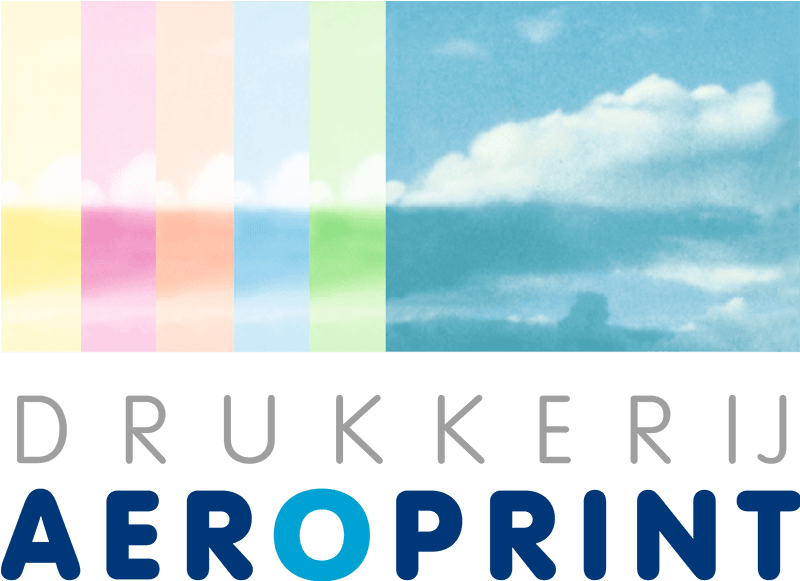
TIPS & TRICKS
On this page you'll find random tips and tricks that intend to make your as a designer life easier. Check back regularly for new tips!
Overprint & transparency
These two terms are often confused and although you might end up with similar results, it can also mess up your design. When selected, overprint will cause your object or text to print over the underlying object. This is particularly important in offset printing, where we use color separations. In order to mix the colors of two different objects, you will need to set the top object to overprint. Alternatively, when you want the top object to knock-out the underlying object, you need to make sure that overprint is not selected.
In Indesign you can find the overprint checkbox under Window > Output > Attributes. Notice that you can set the overprint specifcations for both the fill, as well as the stroke!
Transparency is a whole different ball game. Think of it more as a special effect. In addition to opacity, there are several blending modes that will affect the underlying objects in several ways, sometimes with unexpected results. These are to be used as creative tools, rather than a way of setting the overprint specifcations of an object.
You can find the transparency options in Indesign under Window ➔ Effects.
RGB vs CMYK
Back in the day you were always required to deliver all of your files in CMYK color mode. This was inconvenient, because you had to convert all the images in Photoshop. Whenever there was a correction in an image, ideally you had to go back to the RGB image, make the correction and convert the image again.
Nowadays you can easily keep your images in RGB color mode. The conversion to CMYK takes place when exporting the PDF from Indesign. There's (virtually) no need to convert files to CMYK on forehand. Do make sure you select the right output profile when exporting the PDF. You can find more detailed information about color and color conversion on our Color Settings page.
Photoshop's soft proof preview (View ➔ Proof Setup ➔ Custom) is an essential tool to judge the colors of your images on a computer display. If you select the proper output profile, you can get a decent impression of what the image will look like after the conversion to CMYK.
Please note that in some cases it may still be easier to convert to CMYK, for instance when you need to match the color of an image to an object in Indesign seamlessly.
